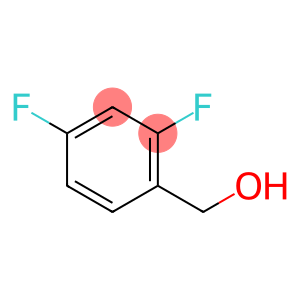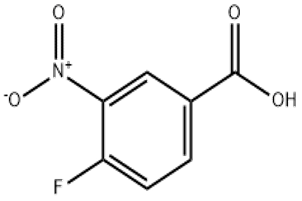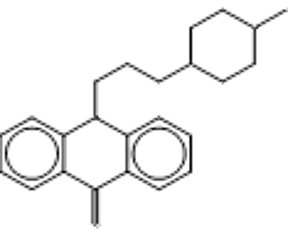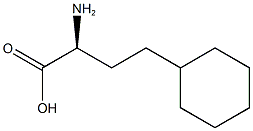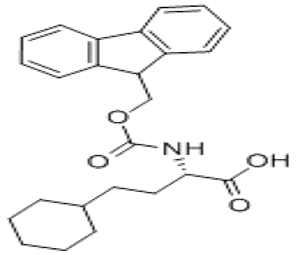2,4-Difluorobenzylalcohol(CAS#56456-47-4)
| Hazard Symbols | Xi – Irritant |
| Risk Codes | 36/37/38 – Irritating to eyes, respiratory system and skin. |
| Safety Description | S26 – In case of contact with eyes, rinse immediately with plenty of water and seek medical advice. S36 – Wear suitable protective clothing. |
| WGK Germany | 3 |
| HS Code | 29062990 |
| Hazard Class | IRRITANT |
| Packing Group | III |
Introduction
2,4-Difluorobenzyl alcohol is an organic compound. The following is an introduction to its nature, use, manufacturing methods and safety information:Quality:2,4-Difluorobenzyl alcohol is a colorless liquid. It has a strong aroma and is soluble in most organic solvents such as ether, chloroform and alcohols.Use:2,4-Difluorobenzyl alcohol is often used as an intermediate in organic synthesis. It can also be used as a solvent, or in the preparation of high-performance resins, surfactants, etc.Method:The preparation of 2,4-difluorobenzyl alcohol is usually achieved by fluorination. A common preparation method is to use benzyl alcohol as a starting substance, which undergoes a fluorination reaction to introduce fluorine atoms. Commonly used fluorinating agents include hydrogen fluoride, sodium trifluoromethanesulfonate, etc.Safety Information:2,4-Difluorobenzyl alcohol has an irritating effect on the skin and eyes of the human body under general operating conditions. Rinse immediately with clean water upon contact and follow proper safety operating procedures. It may also have some toxicity and should be operated in a well-ventilated area and avoided from inhalation and ingestion. When using or storing, the relevant safety guidelines and precautions need to be followed.


